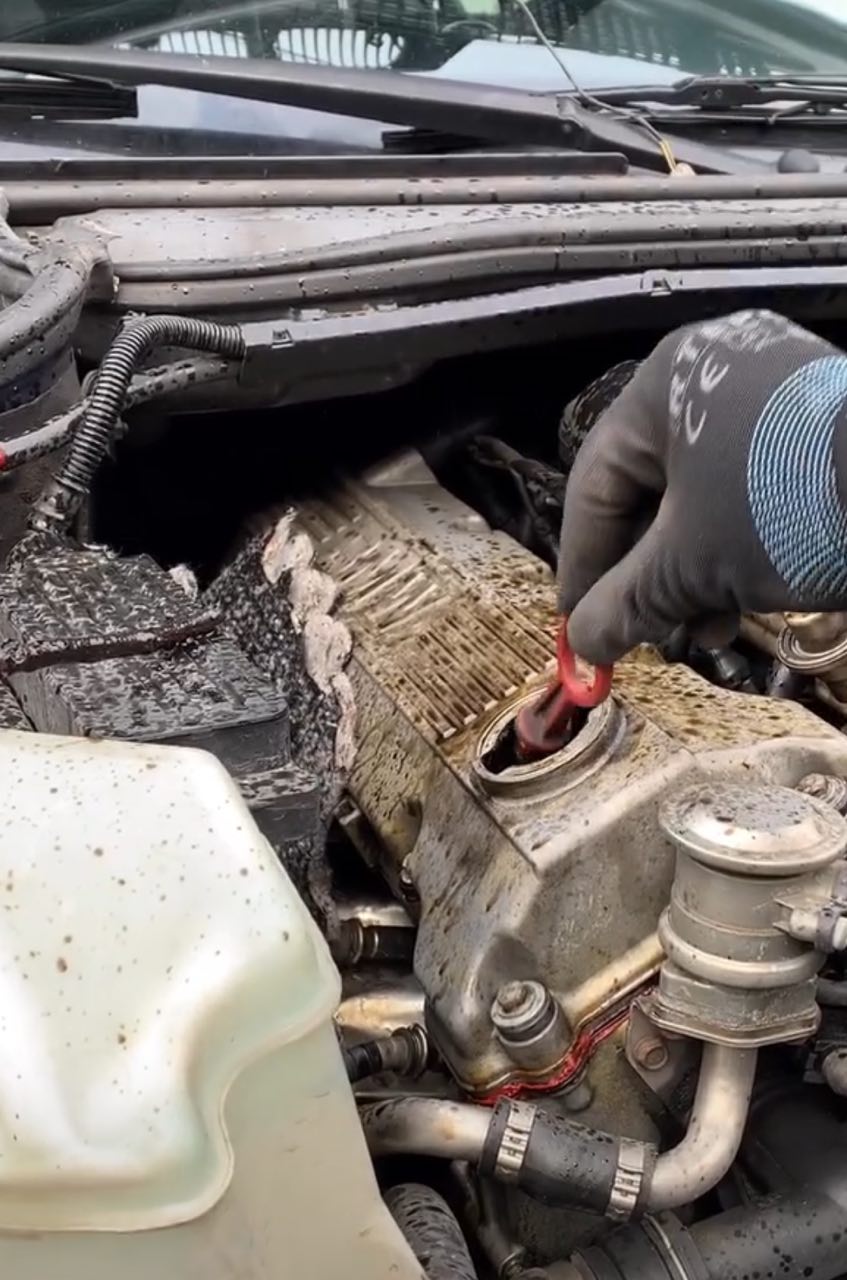It is crucial to emphasize how vital regular vehicle maintenance is for ensuring its smooth running, efficiency, and extended lifespan. A vital element of this maintenance is the regular checking and replacing of the motor oil that keeps the engine’s parts lubricated and running smoothly. Yet one question that often arises among car owners is, “How much oil does my car need?” This seemingly simple query requires a multi-faceted response as it depends on various factors such as the age, make, model and condition of your vehicle.
In this article, we will explore in detail these factors that influence how much oil your car may require during an oil change or top-up. We will also delve into why maintaining appropriate oil levels is crucial to your vehicle’s overall health and performance. So, whether you are a new driver looking for guidance or an experienced motorist desiring a refresher course on engine care basics, this comprehensive guide promises valuable insights for everyone interested in learning about their vehicles’ lubrication needs.
 Understanding Your Car’s Oil Capacity
Understanding Your Car’s Oil Capacity
The oil capacity of a car is a critical specification every owner should be aware of. It’s the amount of oil needed to fill the engine’s lubrication system completely. This capacity can vary significantly between different makes and models, even between different engine types in the same model. Generally, smaller engines require less oil, while larger engines need more.
For obtaining accurate information regarding your car’s oil capacity, you should refer to the handbook provided by the owner, inspect under the bonnet for specific details, or head to the maker’s online portal where such specifications are outlined. This figure is usually expressed in quarts or liters and includes the extra amount needed to fill the oil filter. Knowing your car’s oil capacity is essential for ensuring that you add the right amount of oil, maintaining optimal engine health and efficiency.
Factors Influencing Oil Consumption
Oil consumption in a car can be influenced by several factors, making it an important consideration for every vehicle owner. The design of the engine is a major factor; certain engines are inherently more prone to higher oil consumption compared to others. Age and wear are also critical factors – older engines or those with high mileage often consume more oil due to wear and tear on components like piston rings and valve seals. Driving habits impact oil consumption as well; frequent short trips, towing, or high-speed driving can increase oil use.
Furthermore, the variety of oil chosen impacts how quickly it is used up. For instance, synthetic oils generally have a slower consumption rate compared to conventional oils. It’s crucial to understand these factors as they not only affect how much oil you need to add but also how often you should be checking and topping up the oil. For those looking to further enhance their off-road capabilities, especially Jeep Renegade owners, best Jeep Renegade lift kit options can provide additional ground clearance and improved suspension performance.
Step-by-Step Guide to Checking Oil Levels
Ensuring your car has the right oil level is crucial, and regularly checking it is a straightforward yet essential task. Begin by positioning your vehicle on an even terrain for a precise measure and ensure the engine cools off if it was in operation. Once ready, open the hood and find the oil dipstick, typically marked with a bright-colored handle for easy identification. Carefully extract the dipstick and use a clean piece of cloth or a paper towel to remove the oil. Then reinsert it fully back into the tube. Extract it once more to assess the oil quantity, ideally, it should be between the lowest and highest markers on the oil gauge. If the level is low, carefully add more oil, ensuring not to exceed the maximum mark. This simple but effective routine is key to maintaining your engine’s health and can help identify potential issues early on. Also read about Preparing Your Jeep for Long-Distance Travel.
Tips for Regular Oil Maintenance
For optimal engine health, adhering to a consistent oil maintenance schedule is crucial. Regular oil changes are key, typically recommended every 3,000 to 5,000 miles for traditional oils and potentially longer for synthetic varieties, as per your manufacturer’s guidance. Timely replacement of the oil filter during these changes is equally important to ensure clean oil circulates through the engine. It’s crucial to regularly check the oil level and its quality. Should the oil look grimy or have particles in it, this is a definite indication that it’s time for an oil change. Consistently monitoring and maintaining oil levels not only guarantees smooth engine operation but also helps in avoiding expensive engine repairs down the line. By diligently following these oil maintenance practices, you can significantly enhance the efficiency and lifespan of your vehicle’s engine, ensuring a safer and more reliable driving experience.
Conclusion
In summing up our comprehensive guide on car oil requirements, it’s clear that understanding how much oil your car needs is a fundamental aspect of responsible vehicle maintenance. From recognizing your car’s specific oil capacity to appreciating the various factors that influence oil consumption, each element plays a pivotal role in ensuring your vehicle operates efficiently and effectively. Regular checks and choosing the right type of oil tailored to your car’s needs are key practices that can significantly extend the life of your engine. By following these guidelines, you not only enhance your car’s performance but also contribute to its longevity, ensuring a smooth and reliable driving experience. This guide serves as a valuable resource for both new and experienced drivers alike, empowering you with the knowledge to make informed decisions about your vehicle’s oil maintenance.


 Understanding Your Car’s Oil Capacity
Understanding Your Car’s Oil Capacity